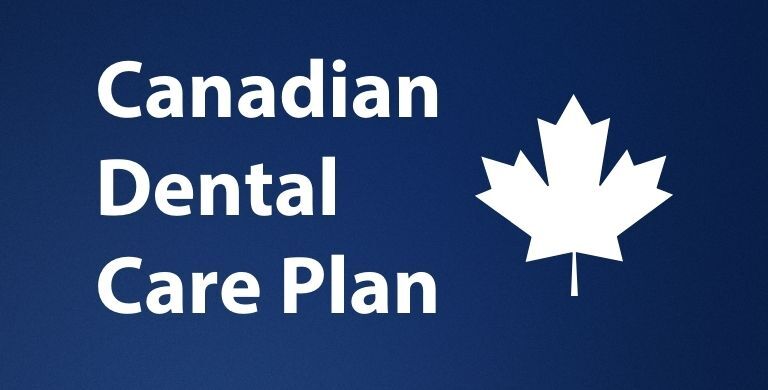These are the kinds of emergencies we see most often.
Tooth pain or swelling.
A throbbing tooth or puffy jaw might mean infection or injury. We’ll take a look right away to ease the pain and stop it from spreading.
Chipped or broken teeth.
From slips to snacks, cracks can happen anytime. If we catch them early, we can often fix things up before it gets worse.
Knocked-out teeth.
If a tooth has been knocked out, every minute matters. Gently put it back in place or store it in milk, then come see us immediately.
Lost crowns or fillings.
If something falls out, keep it safe. You can try a temporary hold with toothpaste or dental wax—but we’ll need to take a closer look.
Bleeding or soft tissue injuries.
Cuts to your tongue, cheek, or gums can bleed a lot—but we’re here to help. We’ll clean the area, slow the bleeding, and make sure there’s no deeper damage.

What to expect from your emergency visit
Payment and insurance.
Every patient deserves timely care—especially when it’s urgent.
Canadian Dental Care Plan.
Depending on the situation, emergency visits may qualify for CDCP coverage. We’ll walk you through what applies and help file the paperwork.
Insurance-friendly.
Most 123Dentist clinics accept dental insurance and can offer direct billing, so you’re not left guessing what’s covered.
Flexible payments.
Not everything is planned—and that includes your budget. If a dental emergency comes up and isn’t covered, we’ll go over financing options that can ease the stress.
Options for kids and seniors.
Some clinics offer reduced rates for children and older adults. If that’s something you need, we’ll check and let you know what’s possible.
Your dental questions, answered.
Payment & insurance made easy.

Flexible patient financing
We understand that dental expenses can be significant. 123Dentist Patient Financing offers several financing options to fit all budgets.

The Canadian Dental Care Plan
The Canadian Dental Care Plan (CDCP) helps make dental care more accessible for qualifying patients. Find out if you’re eligible and how to apply.

Hassle-free insurance coverage
We work with most dental insurance providers to ensure your treatment is covered whenever possible. Check if your plan is accepted at a 123Dentist clinic near you.
